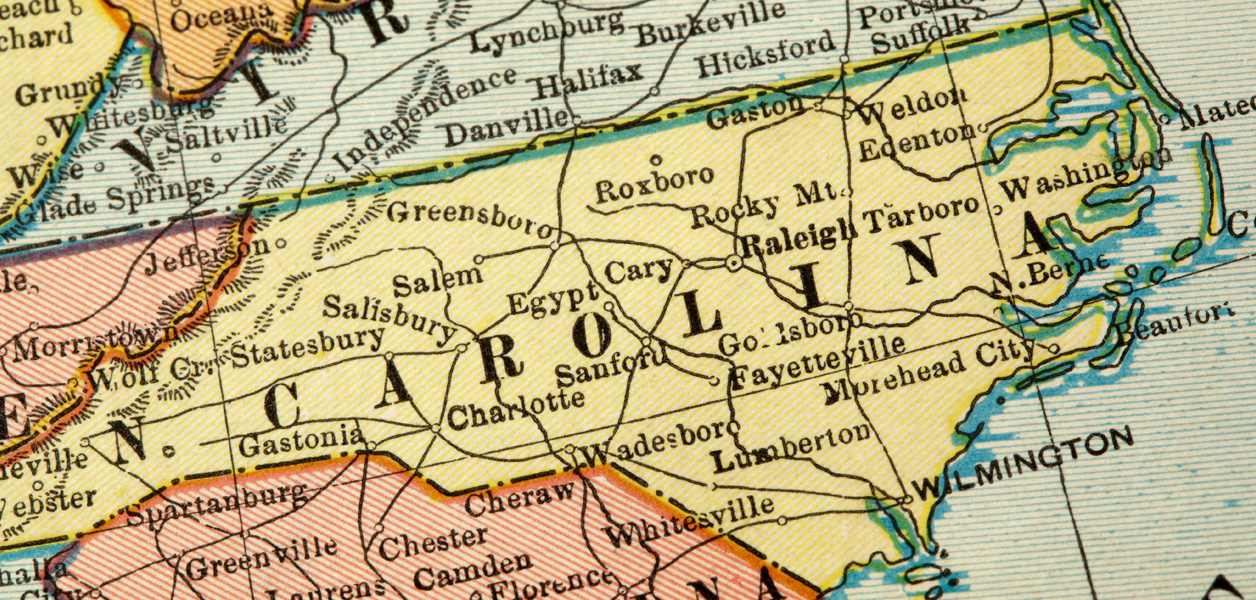The occurrence of severe storms and extreme heat is increasing. These dangers can seriously affect the safety of roofing workers, and employers need to be prepared by ensuring their emergency action plans are up to date.
Roofing workers are at high risk for heat-related illnesses, which can escalate quickly. Use the following injury-prevention practices to help your employees stay cool.
- Educate workers: Teach signs of heat-related injuries and first-aid procedures.
- Acclimatize gradually: Help workers, especially new hires, adjust to the heat gradually to mitigate excessive stress on the body when heat waves occur.
- Provide cool fluids: Provide plenty of cold water, electrolyte drinks or even ice pops.
- Mandate frequent breaks: Increase breaks in shaded areas as heat or humidity rises.
- Modify work hours: Avoid working during the hottest parts of the day.
Check out the Roofing Alliance’s recently published Heat Stress & Roofers Final Report.
When strong winds from storms sweep across rooftops, roofing workers are at risk of losing their balance and falling. Heavy rain and wind during thunderstorms can make surfaces slippery and unstable. Be sure to employ the following injury-prevention practices to minimize risks associated with these weather events.
- Avoid working during storms: Secure tools and materials, then clear the roof immediately.
- Avoid ladders and scaffolding: Do not use them during storm conditions.
- Educate workers: Teach warning signs and effects of storms.
- Monitor weather: Frequently check forecasts when storms are predicted.
- Develop procedures: Create specific plans for handling various storm types.
- Post-storm inspection: Check the roof for damage, avoid standing water and watch for weakened structures before resuming work.
To learn more about this topic or other workplace safety-related topics, visit NRCA’s safety webpage. Members also are encouraged to access NRCA’s toolbox talks for additional training resources to help educate workers.
More information about preparing for natural disasters can be found on the Occupational Safety and Health Administration’s Emergency Preparedness and Response page.





